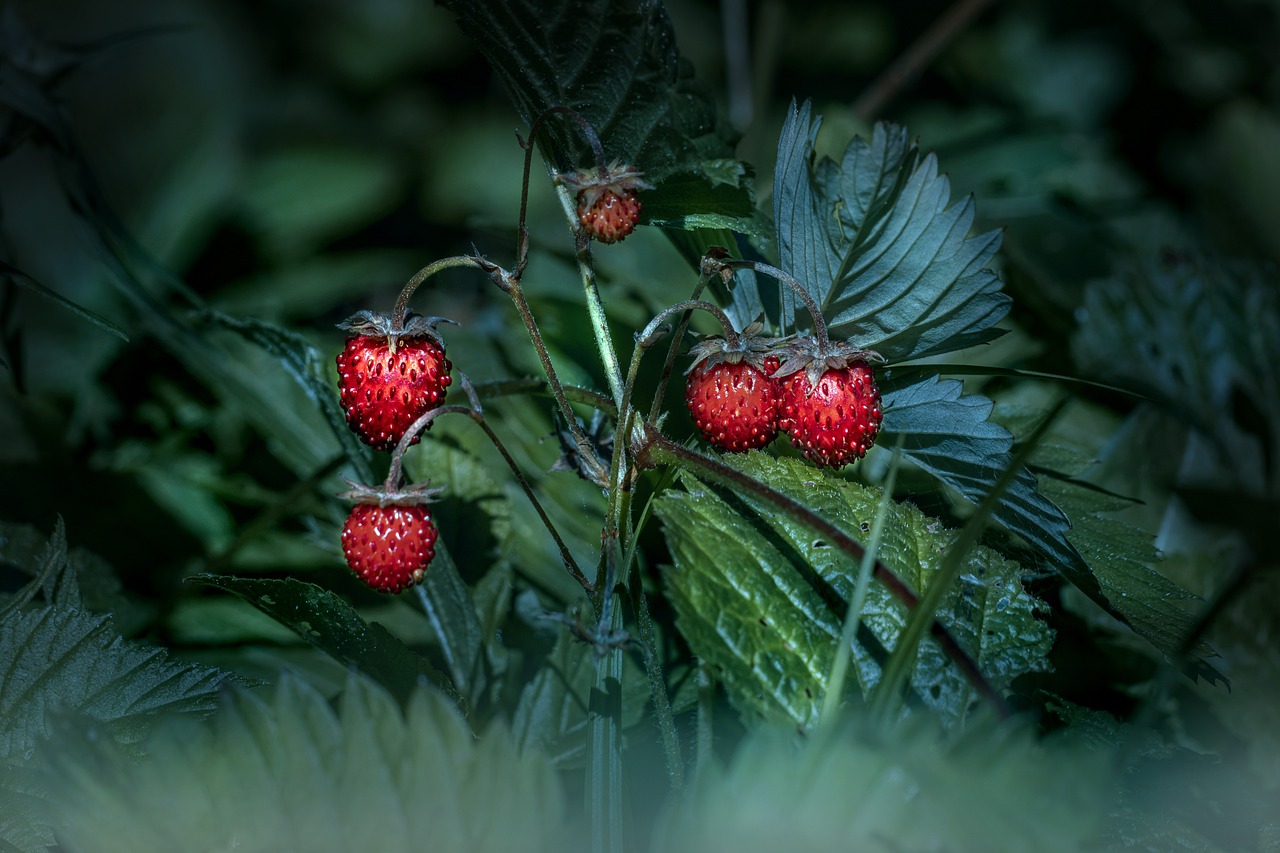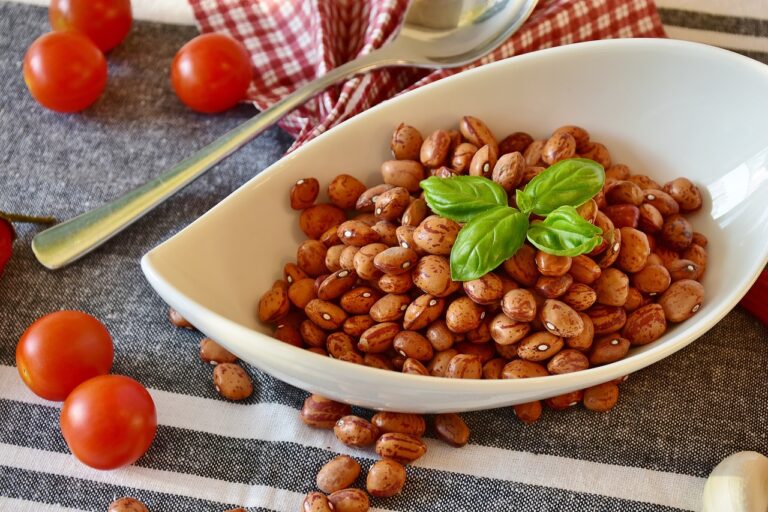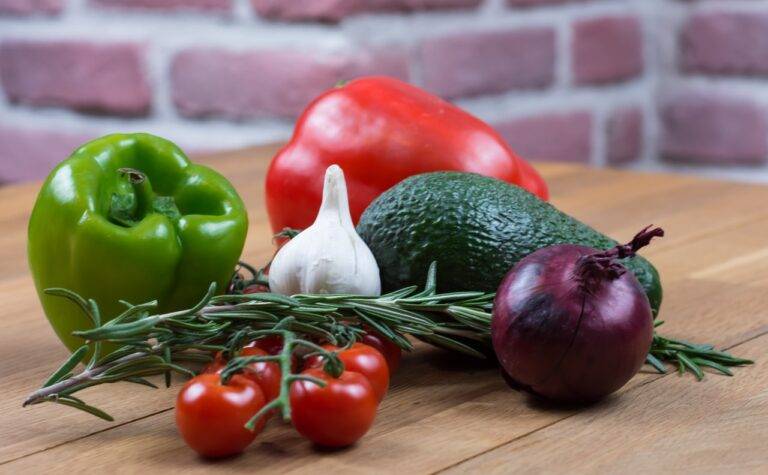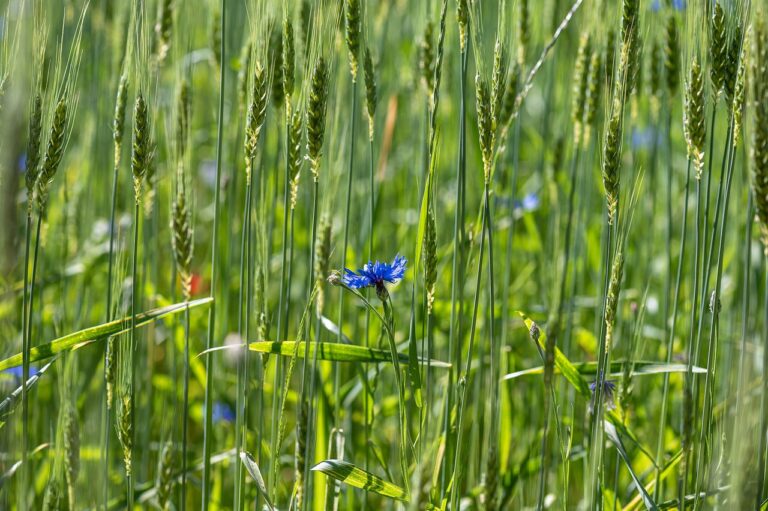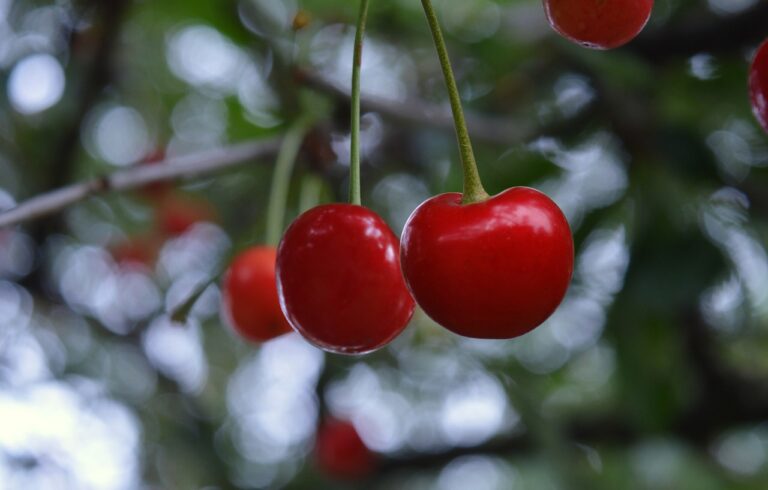The Potential of Bioplastics in Food Packaging: Biodegradable and Renewable Alternatives
Traditional plastics used in food packaging have undeniably contributed to the convenience and efficiency of storing and transporting food products. However, their environmental impact is a growing concern worldwide. These plastics are primarily derived from non-renewable fossil fuels, leading to high levels of greenhouse gas emissions during production and contributing to climate change.
Moreover, the disposal of traditional plastics poses a significant threat to the environment. Due to their non-biodegradable nature, they can persist in the environment for hundreds of years, leading to pollution of waterways, soil, and air. This plastic debris not only harms wildlife but also enters the food chain, potentially posing health risks to humans.
Traditional plastics in food packaging are derived from non-renewable fossil fuels
Production of traditional plastics leads to high levels of greenhouse gas emissions
Non-biodegradable nature of traditional plastics leads to long-term environmental pollution
Plastic debris harms wildlife and enters the food chain, posing health risks for humans
Challenges Faced by Bioplastics in Food Packaging Industry
One of the main challenges faced by bioplastics in the food packaging industry is the lack of awareness and understanding among consumers. Many people are not familiar with bioplastics and their benefits, which can lead to hesitancy in using them over traditional plastics. This lack of awareness can also make it difficult for bioplastic manufacturers to market their products effectively and gain traction in the market.
Another challenge is the cost of producing bioplastics compared to traditional plastics. At present, bioplastics are typically more expensive to produce, which can deter food packaging companies from making the switch. This cost factor can pose a significant barrier to the widespread adoption of bioplastics in the food packaging industry, despite their environmental advantages. Additionally, the lack of infrastructure for bioplastic recycling and composting further complicates the integration of bioplastics into mainstream food packaging practices.
Advantages of Using Bioplastics in Food Packaging
Bioplastics are gaining popularity in the food packaging industry due to their environmentally friendly nature. These biodegradable materials are derived from renewable resources such as corn starch, sugarcane, and cellulose, making them a sustainable alternative to traditional plastics. By using bioplastics in food packaging, companies can reduce their reliance on fossil fuels and minimize the carbon footprint associated with plastic production.
Furthermore, bioplastics have the advantage of being compostable, offering a solution to the issue of plastic waste in landfills and oceans. When disposed of properly in industrial composting facilities, bioplastics break down into organic matter, contributing to the reduction of environmental pollution. This eco-friendly characteristic of bioplastics aligns with the increasing consumer demand for sustainable packaging options, allowing brands to demonstrate their commitment to environmental stewardship.
What is the environmental impact of traditional plastics in food packaging?
Traditional plastics in food packaging contribute to pollution, landfill waste, and harm to marine life when not disposed of properly.
What are the challenges faced by bioplastics in the food packaging industry?
Some challenges faced by bioplastics include higher production costs, limited availability, and consumer perception of their effectiveness.
What are the advantages of using bioplastics in food packaging?
Bioplastics offer advantages such as being biodegradable, reducing reliance on fossil fuels, and lower carbon footprint compared to traditional plastics.
Are bioplastics a sustainable option for food packaging?
Yes, bioplastics are considered a more sustainable option for food packaging as they are derived from renewable resources and can be composted after use.

